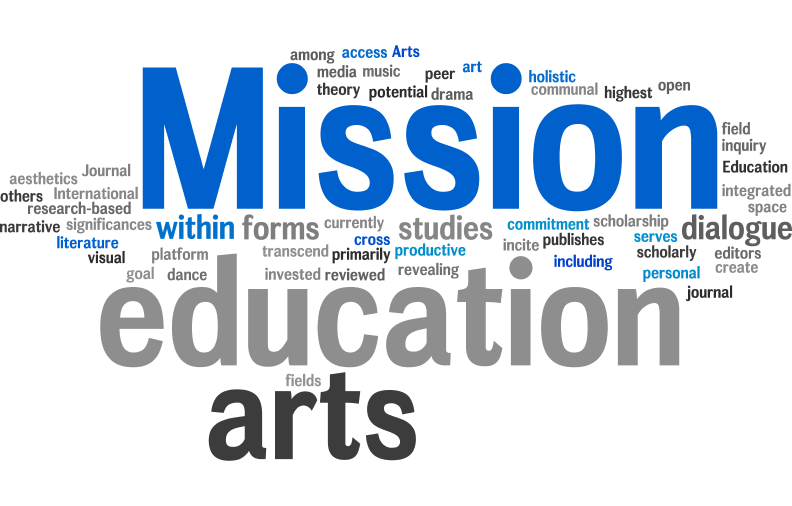2004 Volume 5
Articles and Abstracts

Articles
Volume 5 Number 1: Laura A. McCammon & Heather Smigiel: Whose Narrative is it?: Ethical Issues when Using Drama with Teacher Narratives
The authors describe ethical issues they have encountered when teachers develop narratives about their own practice and then again when these narratives are later explored using drama techniques. Specifically, they look at the developmental process itself, both in the creation of the original narrative and the subsequent creation of a dramatic text. They also examine the climate of trust and respect that needs to be in place when teachers share narratives especially when the author of the narrative is not known. Issues of power relationships also arise especially when soliciting narratives from pre-service teachers and sharing them with wider audiences.
Volume 5 Number 2: Elkoshi, Rivka: Is Music “Colorful”? A Study of the Effects of Age and Musical Literacy on Children’s Notational Color Expressions
Volume 5 Number 3: Becky Wai-Ling Packard, Katherine L. Ellison & Maria R. Sequenzia: Show and Tell—Photo-Interviews with Urban Adolescent Girls
In this project, we used photo-interviews as a method to investigate the hopes and fears of urban adolescent girls who actively participated in their community organization. The photo-interviews were featured in a collaborative, creative arts program involving urban adolescent girls from a community organization and college students enrolled in a research methods course. Case studies of four adolescent participants are presented, illustrating the role of neighborhood context and past experiences in shaping hopes and fears. The potential synergy between image-based research and arts-based education is discussed.
Volume 5 Number 4: Elliot W. Eisner: What Can Education Learn from the Arts about the Practice of Education?
My subject is what the practice of education can learn from the arts. I describe the forms of thinking the arts evoke and their relevance for re-framing conceptions of what education can accomplish.



